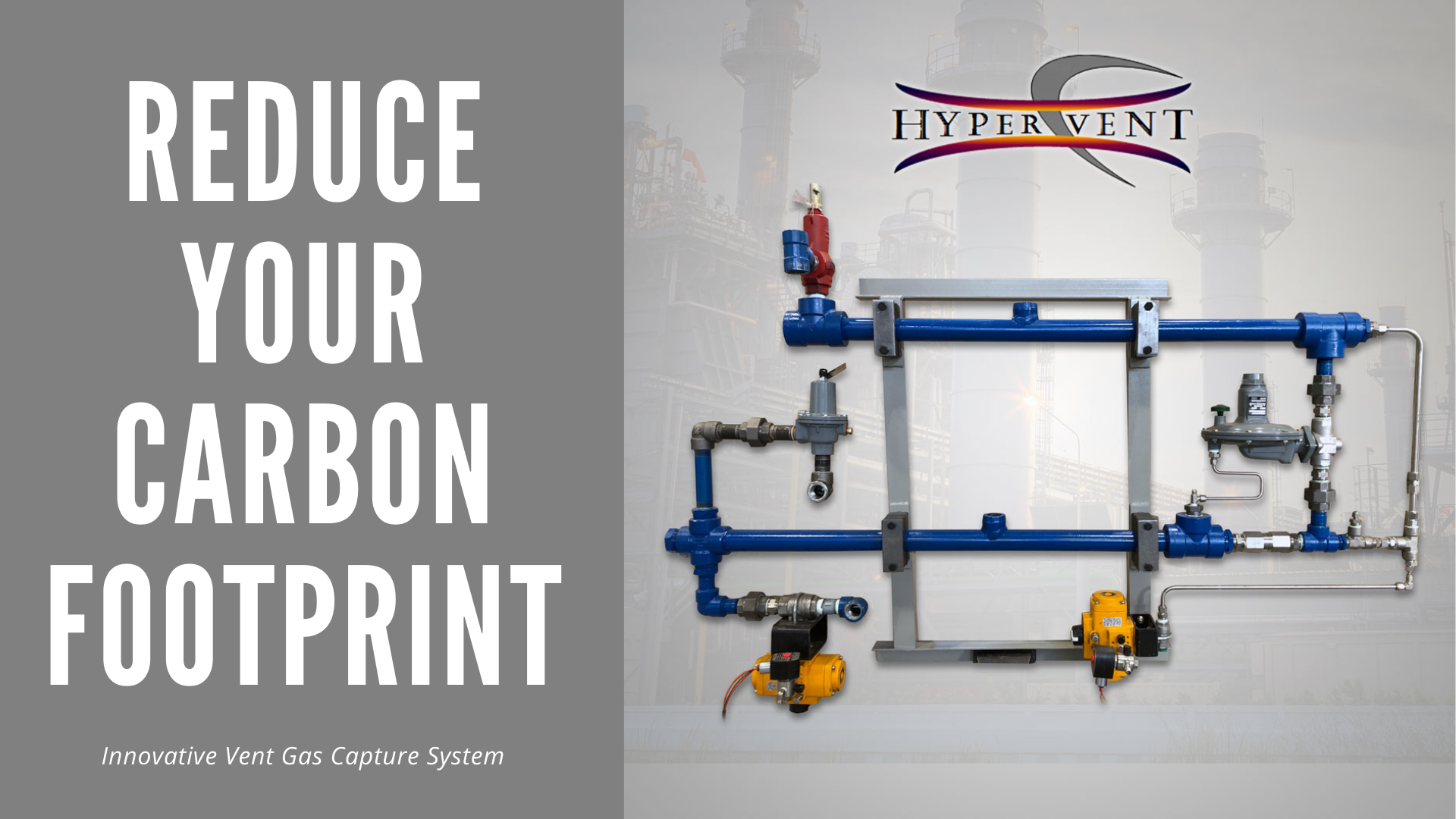Reducing Your Carbon Footprint With A Vent Gas Capture System

Greenhouse gas (GHG) is a gas in the atmosphere that absorbs and emits radiation within the thermal infrared range. This process by which greenhouse gases trap heat in an atmospheric layer is also called the greenhouse effect or sometimes simply greenhouse. Greenhouse gases contribute to the warming of our atmosphere because they absorb the energy from sunlight and warm-up, rather like a greenhouse does.
Human activities such as burning fossil fuels (coal, oil and natural gas), manufacturing cement, clearing rainforest for agriculture and other things have increased greenhouse gases in our atmosphere. For example, greenhouse gases trap heat radiation near the Earth's surface – particularly over large flat surfaces such as cities and forests. The greenhouse effect is being accelerated by greenhouse gases, especially carbon dioxide from burning fossil fuels, cutting trees down and other human activities: the greenhouse effect has been enhanced so that it can no longer be kept in check.
What are greenhouse gas emissions?
Greenhouse gas emissions are greenhouse gasses released by humans into the greenhouse effect. Emissions are greenhouse gases released into the atmosphere when fossil fuels are burned or when trees are cut down. For example, greenhouse gas emissions can come from burning coal in power plants, natural gas in vehicles, and clearing forests for farming.
Who are the leading emitters of GHG?
In the oil and gas industry, greenhouse gas emissions are a genuine concern. Petroleum-producing Canada is home to some of the world's biggest greenhouse gas emitters. Though greenhouse gas emissions from Canada have been decreasing in recent years, this decrease isn't nearly fast enough for many environmental groups and governments. The same holds true for greenhouse gas emissions from the transportation industry.
Given the concerns about greenhouse gas emissions, many are looking for ways to reduce their carbon footprints. One way is by installing a vent system with greenhouse gas capture solutions. These systems allow greenhouse gases to be captured inside tanks and containers filled with liquids or solids. Natural gas or greenhouse gas that's captured can then be re-used for various purposes, including fuel and fertilizer production.
When greenhouse gases are captured, they can help with greenhouse gas offset projects in communities looking to improve their green image. But greenhouse gas capture solutions also provide oil and gas companies with valuable information that can be used to reduce emissions more efficiently over time.
What is natural gas?
Natural Gas is a combustible mixture of predominantly methane, and other gases, including ethane, propane, butane, and pentane. Natural Gas is found in the Earth's crust; it is produced by refining crude oil (petroleum) or extracting it from non-petroleum sources such as coal beds and decaying vegetation (wilderness). Natural gas is typically moved from its inception to end-users (stoves, heaters, etc.) through a series of pipes that make up an underground system called a gas distribution network.
Natural gas has become the largest single source of greenhouse gas emission globally due to its increasing use for electricity generation and home heating.
The capture and combustion of vented natural gas reduce greenhouse gas emissions by combusting methane and converting it to carbon dioxide, water vapour, and other combustion by-products. However, a portion of the vent gas may still be emitted if the collection system is not 100% effective or if the combustion device is not 100% effective at destructing methane.
HyperVent - an innovative vent gas capture system
24/7 Compression has a solution - HyperVent - to capture greenhouse gas emissions from natural gas sources and use the gas for various non-emitting purposes. The greenhouse gas emissions are collected through a vent gas capture system that can be fitted to almost any natural gas source.
Hyper Vent utilizes a subsonic, double-choke and gas to gas ejector. High-pressure motive gas passes through the ejector creating a suction port where zero pressure vent gas volumes are drawn in, mixed with the motive gas and discharged at a medium-pressure for non-emitting use.
How does HyperVent Work?
The HyperVent system is the ultimate in safety and efficiency. The zero governor or vacuum control regulator allows you to manage your desired backpressure while achieving high performance with a fixed-area ejector. In addition, it will continuously operate at optimal levels regardless of how much pressure there happens to be on hand; this means less wasted energy as well!
The constant release of methane into the atmosphere is a serious problem. Recovering this gas and using it as fuel for engines will reduce our environmental footprint and cut down on expensive retrofitting measures needed with traditional air/fuel ratio control systems.
Advantages of HyperVent
- Gathers vent gas without creating a backpressure on venting sources. Hyper Vent's innovative functionality provides total or individual inlet pressure control of one or more venting sources.
- No moving parts, motors, pumps.
- Does not require an additional control panel, uses local PLC tie-in or tight pressure switch control.
- Recovering engine fuel gas does not require additional air-fuel ratio control systems to be added.
- Hyper Vent has patent applications filed.
There hasn't been a better time to upgrade, especially if you're looking to reduce your carbon footprint! 24/7 Combustion is your solution, contact us today, and we'll help you reduce your greenhouse emissions in no time!
